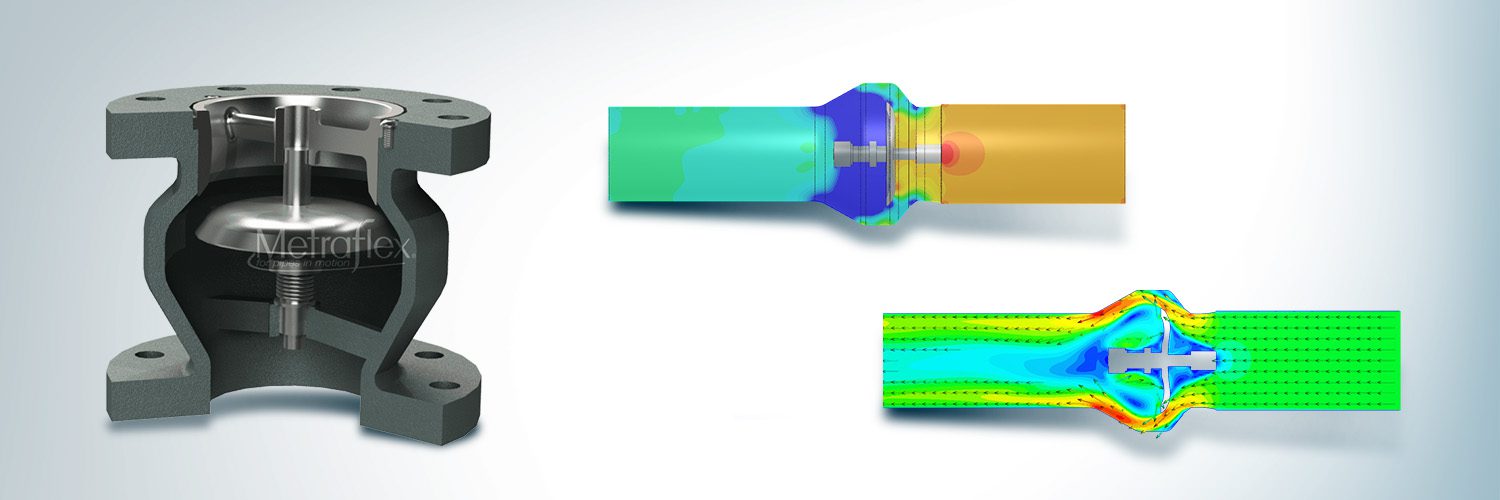
The Metraflex Company makes a variety of engineered piping products including expansion joints, expansion compensators, wall penetration seals, pipe guides, pump connectors, strainers, valves, and more. It has been supplying piping specialty products to the commercial HVAC industry since 1958.
The Metraflex Company has developed the first center-guided silent check valve specifically designed for use with a variable frequency drive (VFD). The team at Metraflex has accomplished this by reengineering a traditional and long-ignored hydronic component to improve its efficiency and lower operating costs. The new VFD check valve improves overall performance by increasing the flow rate through the value due to reshaping the disk. By examining the new disk design it is obvious why this product is more hydrodynamic, and its enhanced performance is validated using flow simulation in SimScale and laboratory testing. In addition to the increase in flow coefficient (Cv), the new hydrodynamic disk is specifically designed to provide superior functionality in low flow conditions common with VFD drives.
The VFD check valve is important because it is better suited for the low flow conditions common in variable frequency drive pumps, which are critical for energy saving and meeting the strict efficiency targets in the industry. By using SimScale to optimize our valve designs the 4-inch check valve is now 38% more efficient.

Jackson Kamedulski
R&D Engineer at Metraflex
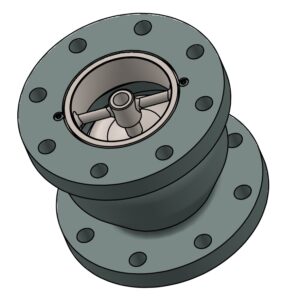
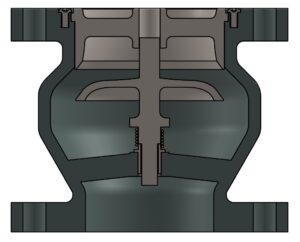
The VFD Check Valve is the latest in product innovation from the Metraflex team who have continuously innovated through a dedicated research and development team. The valve is used in conjunction with strainers to achieve a significant reduction in pressure drop in systems and provide increased protection for pumps. The VFD Check Valve has the same face-to-face dimension as common globe-style center-guided check valves and is designed to be a drop-in replacement, making retrofitting a simple task with a well-understood return on investment.
We have been using SimScale to analyze flow through our valve designs and predict changes in efficiency in key products. Our goal is to increase the efficiency of our products and reduce their operating and lifetime costs. We have also used SimScale to analyze loads on structural components. Using FEA and CFD in SimScale with the same CAD model makes it easier to explore more design options.

Jackson Kamedulski
R&D Engineer at Metraflex
Jackson and the R&D team at Metraflex have a simple workflow leveraging CAD associativity and simulation templates from Solidworks to SimScale. This means they don’t have to repeat the simulation setup (boundary conditions, contacts, flow conditions) each time they import a new CAD variant from Solidworks. They initially begin with running a series of simplified incompressible flow simulations involving variable frequency drive valves with water as the fluid. Many valve diameters, shapes, and inlet/outlet lengths are run in parallel in SimScale to evaluate the pressure drop across the device and calculate their flow coefficient.
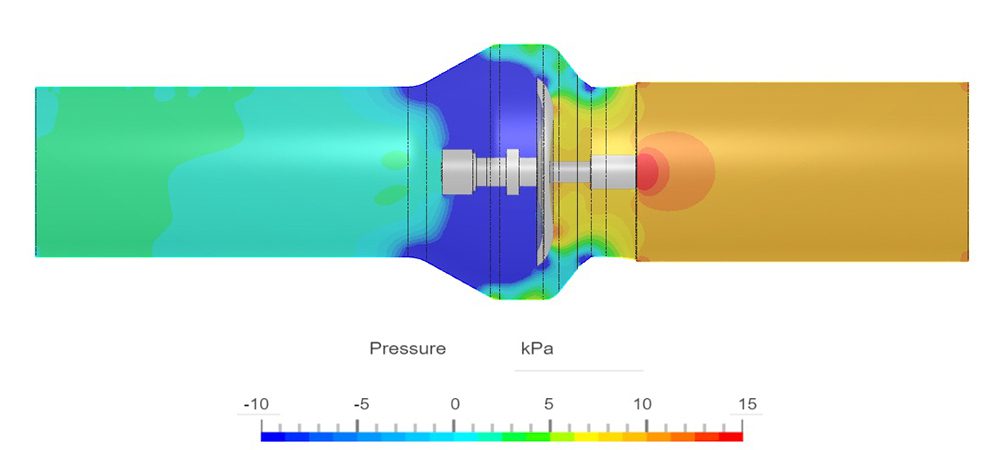
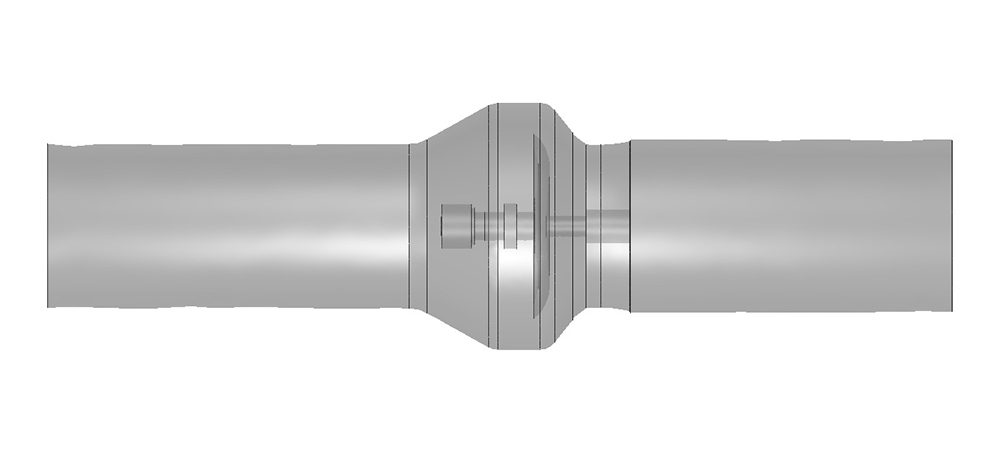
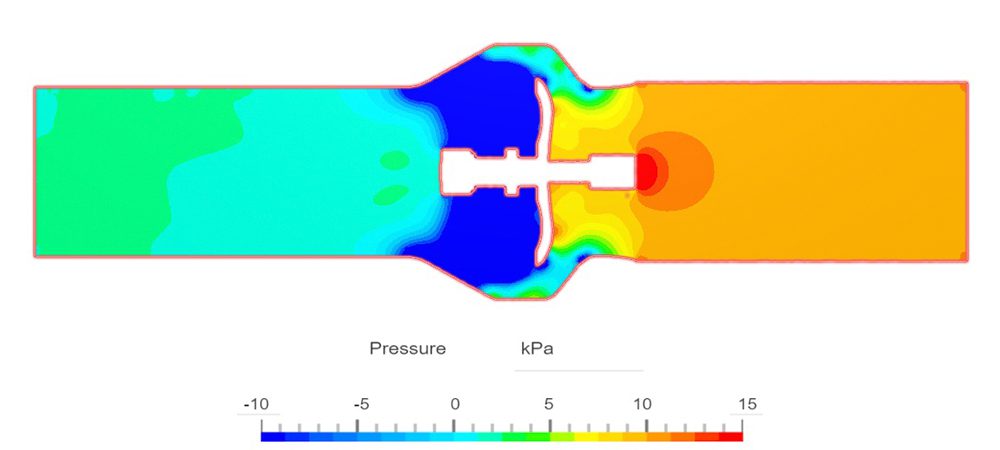
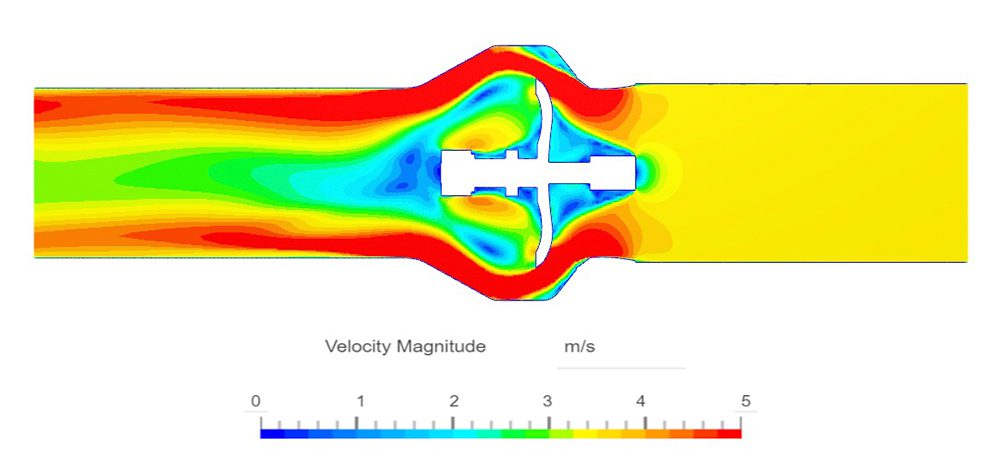
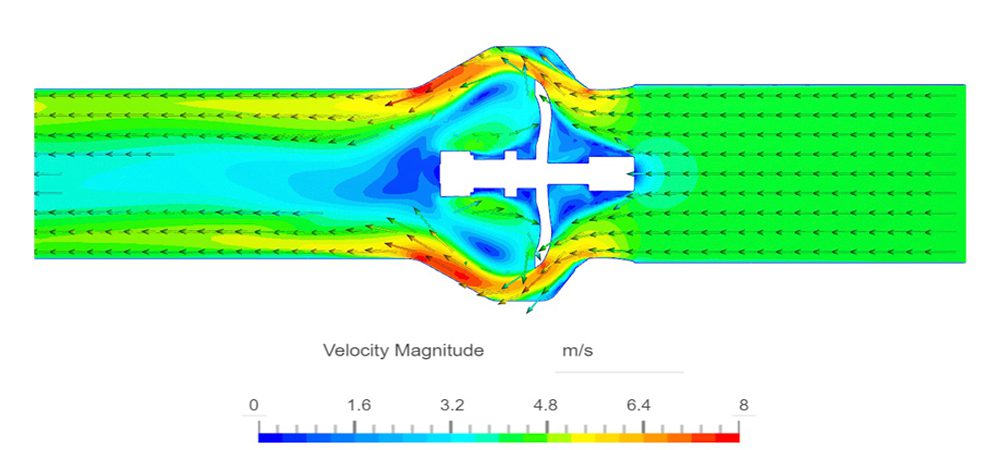
SimScale has allowed us to save extensive time and resources by enabling rapid design changes and evaluating their effectiveness in a simulated environment. Creating small updates and testing their effect in a CFD simulation allows us to create a more finished prototype for physical testing. Instead of waiting for prototypes to be made and shipped here multiple times, SimScale lets us take weeks off of our production schedule and has accelerated the rate of innovation in our team.

Jackson Kamedulski
R&D Engineer at Metraflex
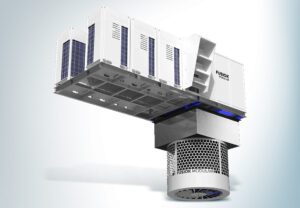

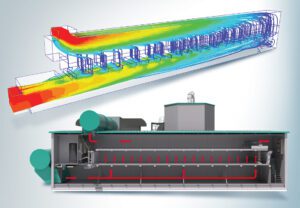
Sign up for SimScale
and start simulating now